
News Directory
Roller Bearings: A Comprehensive Guide to Types and Applications
1. Introduction to Roller Bearings
Roller bearings are essential mechanical components designed to reduce friction between moving parts and support various loads. They typically consist of an inner and outer ring (races), a set of rolling elements (rollers), and a cage to space and hold the rollers.
Primary Function and Importance
The primary function of a roller bearing is to permit rotary or linear movement while minimizing friction and managing stress. Instead of sliding, as is the case with plain bearings, the components roll, leading to significantly lower friction.
Their importance in mechanical operation is paramount for several reasons:
- Reducing Friction: By substituting rolling motion for sliding motion, roller bearings dramatically reduce the amount of energy lost to friction, which saves power and minimizes heat generation.
- Supporting Loads: They are engineered to support various types of loads—radial (perpendicular to the shaft), axial or thrust (parallel to the shaft), or a combination of both—enabling heavy-duty machinery to operate reliably.
- Ensuring Efficient Operation: The reduction in friction and efficient load management translates directly into improved mechanical efficiency, higher operating speeds, and a longer service life for the equipment they are used in.
Roller bearings are a crucial foundation for the smooth, high-speed, and reliable operation of virtually all modern rotating machinery, from automobiles to aerospace components.
Comparison of General Bearing Types
To highlight the role of roller bearings, here is a brief comparison with other common bearing types:
| Bearing Type | Rolling Element Shape | Primary Load Type | Key Advantage |
|---|---|---|---|
| Roller Bearings | Cylindrical, Spherical, Tapered, or Needle | Radial, Thrust, or Combined | High load carrying capacity and stiffness. |
| Ball Bearings | Spherical Balls | Radial and moderate Thrust | High-speed capability, lower friction, and precision. |
| Plain Bearings | No Rolling Elements (Sliding Surface) | Radial and Thrust | Simplicity, high load capacity at low speeds, and cost-effectiveness. |
2. Types of Roller Bearings
Roller bearings are categorized based on the shape of their rolling elements, which dictates their load-handling capabilities, speed limits, and suitability for various applications.
Cylindrical Roller Bearings
- Explain the structure and load distribution: These bearings feature cylindrical rollers that have a large contact area with the raceways (inner and outer rings), allowing them to distribute loads over a greater surface. This structure makes them exceptionally well-suited for carrying heavy radial loads. They generally cannot handle significant axial (thrust) loads unless specifically designed with ribs on both the inner and outer rings.
- Applications:
- High-speed applications
- Electric motors
- Gearboxes
Spherical Roller Bearings
- Describe their self-aligning capabilities: Spherical roller bearings feature two rows of rollers, with a common spherical outer ring raceway and two inner ring raceways inclined at an angle to the bearing axis. This unique design grants them inherent self-aligning capabilities, meaning they can tolerate angular misalignment between the shaft and the housing, caused by mounting errors or shaft deflection under load. They can handle very heavy radial loads and moderate axial loads.
- Applications:
- Mining equipment
- Heavy machinery (e.g., excavators)
- Paper mills
Tapered Roller Bearings
- Explain their ability to handle both radial and thrust loads: Tapered roller bearings feature conical (tapered) rolling elements and raceways arranged so that the axis of the cone from both the rollers and the raceways meet at a common apex point on the bearing axis. This geometric arrangement allows them to handle extremely high combined radial and axial (thrust) loads. They are typically mounted in opposing pairs.
- Applications:
- Vehicle wheel bearings
- Automotive gearboxes
- Heavy-duty industrial applications
Needle Roller Bearings
- Describe their compact design and use in small spaces: Needle roller bearings have rollers that are long, thin, and cylindrical, with a length that is typically three to ten times their diameter. This design provides a very high ratio of load capacity to bearing section height, resulting in an extremely compact and space-saving design. They are primarily used for heavy radial loads where radial space is severely limited.
- Applications:
- Automotive transmissions
- Small engines
- Rocker arms
Conical Roller Bearings
- Applications:
- Gearboxes
- Machine tool spindles
Roller Bearing Load Capacity and Design Overview
| Bearing Type | Roller Shape | Primary Load Capacity | Self-Aligning |
|---|---|---|---|
| Cylindrical | Cylindrical | High Radial | None |
| Spherical | Barrel-shaped | Very High Radial, Moderate Axial | Yes |
| Tapered | Conical | High Combined Radial & Axial | Low |
| Needle | Long, Slender Cylindrical | Extremely High Radial | None |
3. Key Applications of Roller Bearings
Roller bearings are indispensable components across virtually every sector of industry, ensuring smooth, reliable, and efficient operation of rotating machinery. Their diverse designs allow them to be custom-selected for environments ranging from high-speed, high-precision operations to heavy-duty, high-load environments.
Automotive Industry
The automotive sector is one of the largest consumers of roller bearings, utilizing their high load capacity and durability in critical systems:
- Wheel Bearings: Tapered roller bearings are common here, as they efficiently handle the combined radial load from the vehicle's weight and the thrust load generated when cornering.
- Transmission Systems: Needle roller bearings are essential in manual and automatic transmissions due to their compact size and high-load capacity, fitting perfectly within the limited space of gear sets. Cylindrical roller bearings are also used for main shafts and countershafts.
- Engine Components: Bearings are used in various parts, including engine accessories and sometimes for crankshaft support, especially in high-performance or heavy-duty diesel engines.
Aerospace Industry
In aerospace, the demand is for bearings that offer high reliability, low weight, and superior performance under extreme conditions (high temperature and speed):
- Landing Gear Systems: Highly durable bearings (often customized cylindrical or tapered types) manage the extreme shock loads and weight forces during take-off and landing.
- Engine Components: Bearings (often custom cylindrical or ball designs) operate at exceptionally high speeds and temperatures within the turbine and compressor sections, supporting the main shafts.
- Control Mechanisms: Smaller, high-precision bearings are used in flight control surfaces and actuators to ensure smooth and accurate movement.
Industrial Machinery
From production plants to processing facilities, roller bearings form the backbone of industrial mechanical movement:
- Pumps and Compressors: Cylindrical and spherical roller bearings are frequently used to handle the heavy radial loads from impellers and rotors, ensuring continuous operation.
- Gearboxes: All types of roller bearings—cylindrical, tapered, and spherical—are utilized to support the gear shafts, depending on the required load and alignment characteristics.
- Conveyors and Material Handling: Spherical roller bearings are ideal in this area because their self-aligning capability tolerates shaft misalignment caused by heavy loads or non-rigid machine frames.
Agricultural Machinery
Agricultural equipment operates in harsh, contaminated, and high-shock-load environments, requiring robust bearings:
- Harvesters and Tractors: Heavy-duty spherical and tapered roller bearings are used in wheel hubs, axles, and powertrain systems to withstand high operational loads and the impact of uneven terrain.
- Ploughs and Tillers: Specialized bearings (often sealed spherical units) are crucial for supporting shafts exposed to dirt, moisture, and extreme stress during soil engagement.
Railway Industry
The railway sector relies on roller bearings for safety and efficiency in transporting massive loads:
- Axle Bearings: These are typically tapered or cylindrical roller bearings designed into cartridge units. They manage the immense radial and thrust loads exerted on the wheelset axles, a critical safety component.
- Suspension Systems: Bearings are used in various components of the suspension to facilitate smooth movement and absorb vibration.
Medical Equipment
Precision and low friction are paramount in medical technology:
- CT Scanners and MRI Machines: High-precision roller bearings are essential for the smooth, controlled rotation of the gantry (the rotating element of the scanner). Tapered and cylindrical roller bearings are often modified for quiet, precise, and wobble-free operation.
This extensive range of applications demonstrates the versatility and necessity of roller bearings in ensuring the high-performance and longevity of global machinery.
Would you like to move on to the next section detailing the Advantages of Using Roller Bearings?
4. Advantages of Using Roller Bearings
Roller bearings are preferred over other bearing types, such as ball bearings and plain bearings, in many heavy-duty and high-load applications due to several distinct mechanical and operational advantages.
Reduced Friction
- Minimized Energy Loss: By converting sliding motion (common in plain bearings) into rolling motion, roller bearings significantly reduce the coefficient of friction. This translates directly into less energy required to start and maintain rotation, leading to substantial power savings and a reduction in operating costs.
- Lower Heat Generation: Less friction means less heat is generated. This is critical for high-speed or heavy-load applications, as lower temperatures help preserve the integrity of the lubricant and prevent thermal expansion that could lead to component failure.
High Load Capacity
- Superior Load Distribution: The cylindrical, tapered, or spherical shape of the rollers creates a line of contact (instead of a point of contact like in ball bearings) with the raceways. This greater contact area allows the load to be distributed over a much larger surface, enabling roller bearings to handle significantly heavier radial and/or thrust loads.
- Stiffness and Rigidity: Their structural design provides high system stiffness. This means the bearing experiences less deflection under load, which is essential for precision machinery like machine tool spindles where maintaining accurate positioning is vital.
Long Service Life
- Durability: Due to their robust design and ability to handle high loads without excessive deformation, roller bearings possess a high fatigue life. When properly lubricated and maintained, they can operate for extended periods, reducing the frequency of replacement.
- Reliability: The higher load capacity and lower operating temperatures contribute to increased machine reliability and less unexpected downtime, leading to more predictable production schedules.
Improved Efficiency
- Operational Speed: While ball bearings often excel at extremely high speeds, certain types of roller bearings, particularly cylindrical roller bearings, are designed to operate efficiently at relatively high rotational speeds while still supporting substantial loads.
- Ease of Installation: Many roller bearing designs, such as separable cylindrical bearings and cartridge-style tapered units (like those used in railways), are designed for relatively easy mounting and dismounting, simplifying maintenance procedures.
Comparison of Load Capacity
The superior load capacity of roller bearings is a primary reason for their selection in industrial applications, as shown in the comparison below:
| Feature | Roller Bearings | Ball Bearings | Plain Bearings |
|---|---|---|---|
| Primary Contact Type | Line Contact | Point Contact | Surface/Sliding Contact |
| Static Load Capacity | Very High | Moderate | High (at low speeds) |
| Dynamic Load Capacity | Very High | Moderate | Not applicable (sliding) |
| Tolerance for Misalignment | High (Spherical Type) | Low | Varies |
5. Maintenance and Care
The longevity and performance of roller bearings are highly dependent on proper maintenance. Consistent care protocols are crucial to maximizing their service life, ensuring reliability, and avoiding costly unscheduled downtime.
Proper Lubrication
Lubrication is the single most critical factor in bearing maintenance. It creates a thin film that prevents direct metal-to-metal contact between the rolling elements and the raceways, minimizing wear and friction.
- Selection: Choosing the correct lubricant (grease or oil) is vital and depends on the bearing type, operating speed, load, and temperature.
- Application: Lubricant must be applied correctly and kept free of contaminants. Over- or under-lubrication can both lead to premature failure.
- Re-lubrication Intervals: A fixed schedule for adding or replacing lubricant is necessary. These intervals are determined by factors like bearing size, speed, and environmental conditions.
| Lubrication Issue | Effect on Bearing | Recommended Action |
|---|---|---|
| Insufficient Lubricant | Increased friction, excessive heat, rapid wear. | Adhere to manufacturer's re-lubrication schedule; use automatic lubricators. |
| Contaminated Lubricant | Increased abrasive wear, pitting, early fatigue. | Ensure seals are intact; filter oil; use clean tools and containers. |
| Incorrect Lubricant Type | Inadequate film strength, high friction, leakage. | Consult bearing supplier for specific application requirements. |
Regular Inspection
Proactive inspection can identify potential issues before they lead to catastrophic failure, preventing costly secondary damage to machinery.
- Vibration Monitoring: Regular use of vibration analysis equipment helps detect damage to raceways, rollers, or cages, often long before audible or visible signs appear.
- Temperature Monitoring: Excessive operating temperature is the most common sign of a problem (e.g., poor lubrication or misalignment). Using infrared thermometers or embedded sensors for routine checks is standard practice.
- Noise Analysis (Acoustic Monitoring): Trained personnel can detect unusual sounds like grinding, clicking, or whining, which indicate damage or debris.
- Seal Integrity: Seals must be inspected for damage or cracking, as a failed seal is the primary entry point for contamination (dirt, moisture).
Replacement Guidelines
Bearings have a finite fatigue life. Knowing when and how to replace them is essential for operational reliability.
- Criteria for Replacement: Bearings should be replaced when inspection reveals signs of major damage, such as severe pitting, corrosion, excessive noise, high vibration, or measurable loss of running clearance.
- Proactive Replacement: In critical, non-redundant machinery, a condition-based maintenance (CBM) approach is preferred, where replacement is triggered by monitoring data. In less critical machinery, time-based replacement (e.g., after a set number of operating hours) may be used.
- Installation Techniques: Proper mounting is crucial. Bearings must be installed using appropriate tools (hydraulic presses or induction heaters) to ensure rings are square and seated correctly, avoiding damage from brute-force hammering.
Proper, proactive maintenance ensures the Reliability and Long Service Life mentioned in Section 4, translating directly into reduced overall cost of ownership for any machine.
Conclusion
The role of roller bearings in modern industrial and mechanical operations cannot be overstated. This guide has demonstrated that these components are far more than simple rotational elements; they are precision-engineered devices critical for the efficient transfer of power and management of mechanical stress across virtually every sector.
Recap of Diverse Applications and Benefits
Roller bearings offer a powerful combination of high load capacity and reduced friction, making them essential for heavy-duty, high-performance machinery. Their specialized variants ensure they can meet demanding requirements:
- Cylindrical Bearings excel in high-speed, heavy radial load environments (e.g., electric motors and gearboxes).
- Spherical Bearings are crucial for self-alignment and handling extreme radial loads in challenging environments (e.g., mining and paper mills).
- Tapered Bearings provide the versatility to manage high combined radial and thrust loads (e.g., vehicle axles and industrial gearboxes).
- Needle Bearings offer a compact, space-saving solution for high radial loads (e.g., automotive transmissions).
The resulting advantages—including reduced friction, high load capacity, long service life, and improved efficiency—are the core drivers of productivity and reliability in machinery across the Automotive, Aerospace, Industrial, and Railway sectors.
Emphasizing Their Role in Modern Engineering and Machinery
In an age where industrial machinery operates at ever-increasing speeds and loads, the reliable performance of the foundational components is paramount. Roller bearings embody the principles of modern engineering by maximizing mechanical efficiency while minimizing energy loss and wear.
| Operational Factor | Impact of Roller Bearings | Resulting Engineering Benefit |
|---|---|---|
| Load Handling | Converts point/surface contact to line contact. | Allows for higher load density and system stiffness. |
| Energy Consumption | Replaces sliding friction with rolling friction. | Lowers operating temperatures and reduces power loss. |
| System Reliability | Robust design and effective sealing. | Extends component life and minimizes unscheduled maintenance. |
The consistent adoption of proper maintenance techniques—specifically correct lubrication and regular inspection—ensures that the engineered benefits of roller bearings are fully realized throughout the operational life of the equipment. They are, quite simply, the unsung heroes that keep the world's wheels turning.



 English
English 中文简体
中文简体 عربى
عربى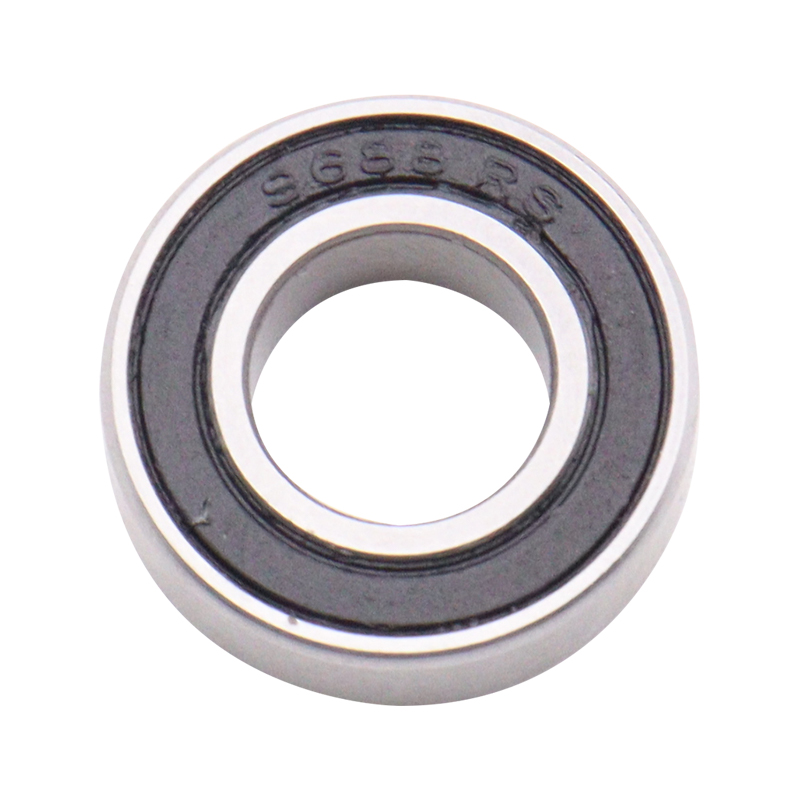
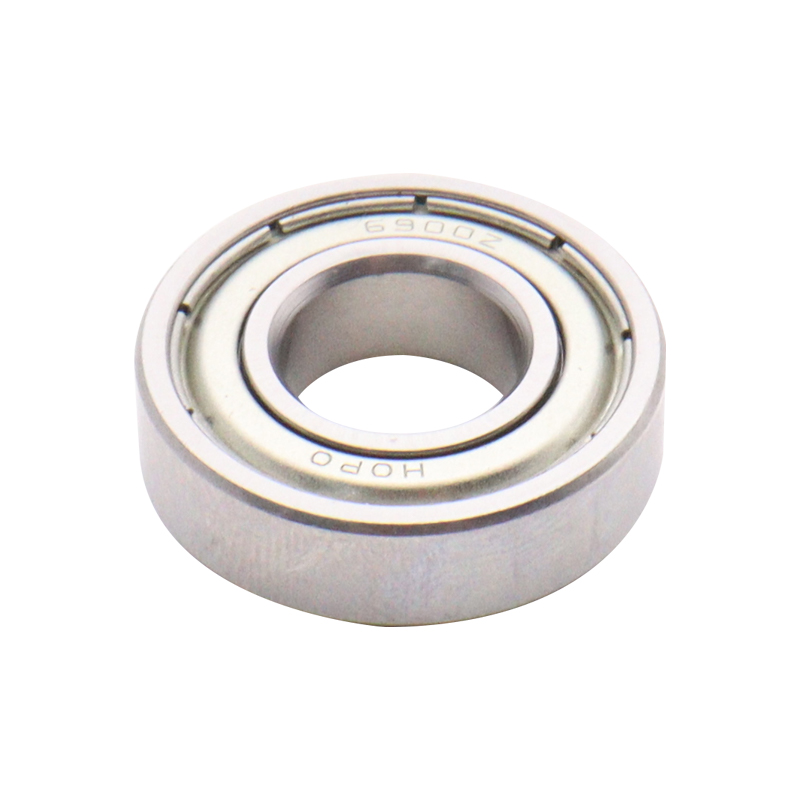
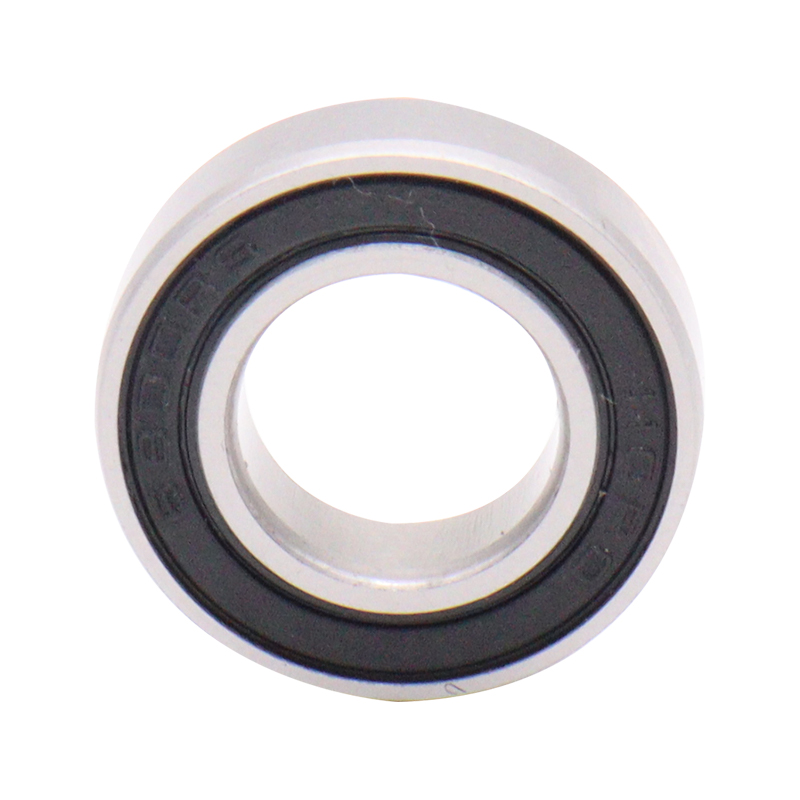

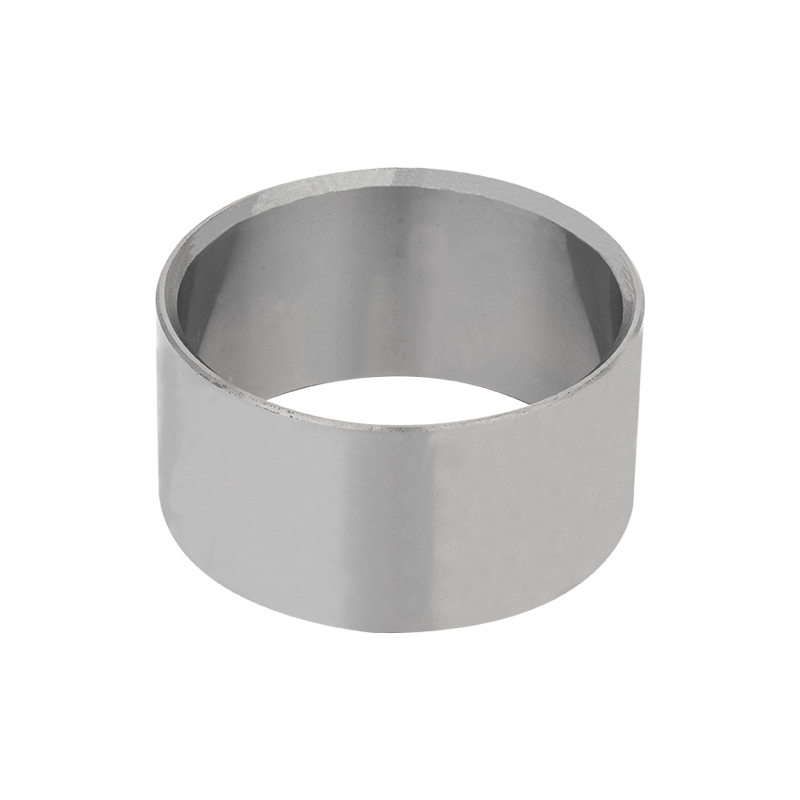


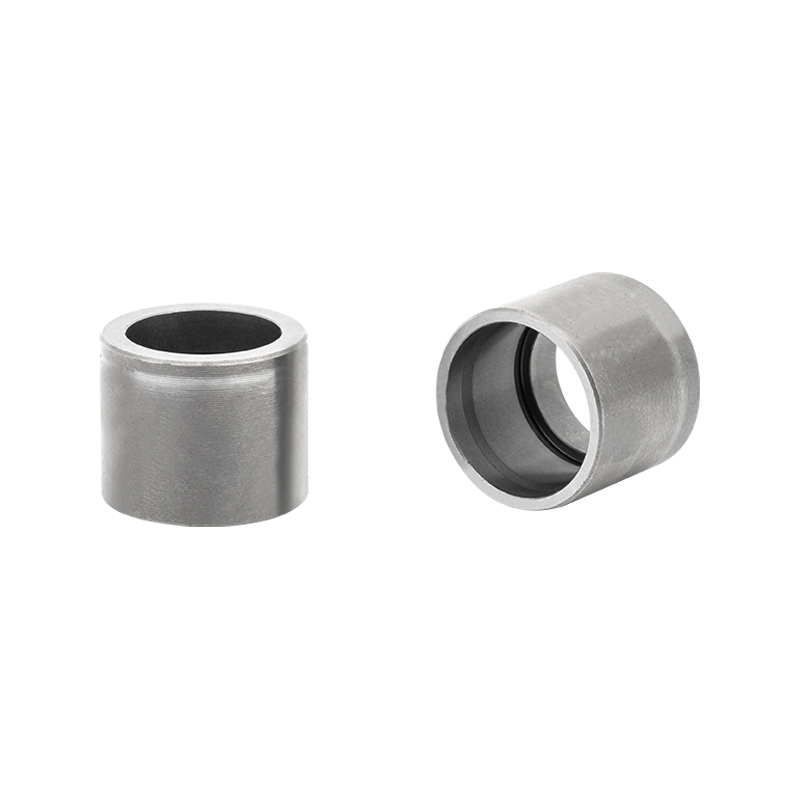
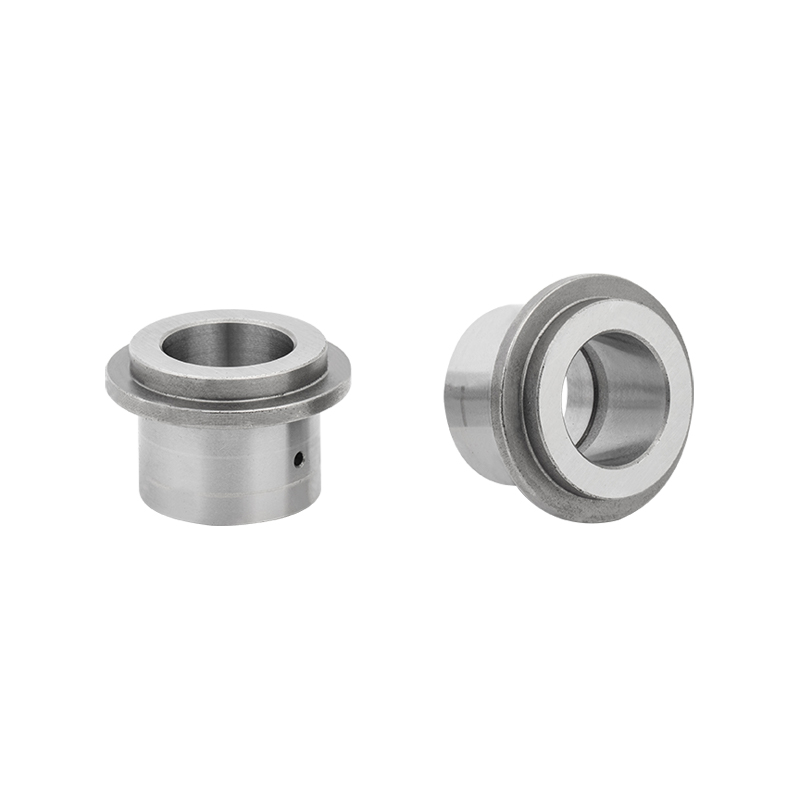

 Download Catalog
Download Catalog
